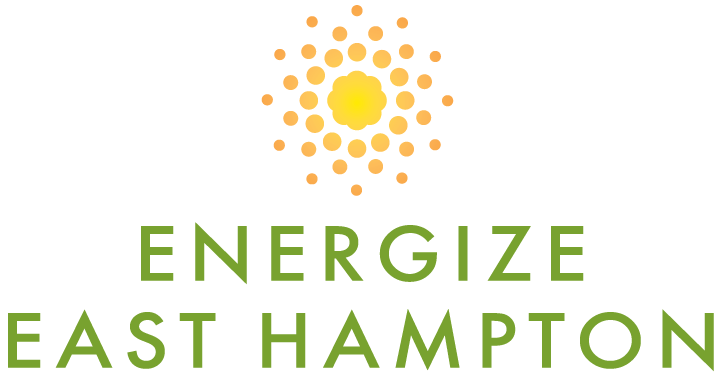Lighting accounts for approximately 10% of home electricity use. New lighting standards require that almost all new lightbulbs must be more efficient than what has been available to homeowners in the past.
New energy-saving lightbulbs such as LEDs produce nearly the same output of light (measured in lumens) as traditional incandescent bulbs but use less energy (fewer watts). LED lightbulbs are available for most existing lighting fixtures but in some cases (e.g. high hats) it may be better to replace the entire fixture. For special fixture applications (e.g. certain chandeliers) other energy efficient lightbulb options such as halogen incandescent or CFLs may be appropriate. Switching to energy saving lightbulbs and fixtures reduces the amount of electricity your home uses and the amount of greenhouse gas emissions produced from providing electricity to your home.
Replacing the lightbulbs in your home with ones that use less energy also helps to lower your electricity costs. ENERGY STAR certified LED bulbs use approximately 75% less energy than conventional incandescent and can last up to 25 times longer. Replacing the 5 most frequently used light fixtures in your home with ENERGY STAR certified bulbs can save $54 per year in electricity costs and approximately $566 over the life of the bulbs. ENERGY STAR certified bulbs also produce 70-90% less heat, which can reduce costs associated with home cooling.
REBATES are available to homeowners and residential builders and contractors for ENERGY STAR light bulbs.
For more information:
https://www.psegliny.com/saveenergyandmoney/energystarrebates#outageTab3
https://www.energystar.gov/products/lighting_fans/light_bulbs
https://www.energy.gov/energysaver/save-electricity-and-fuel/lighting-choices-save-you-money

